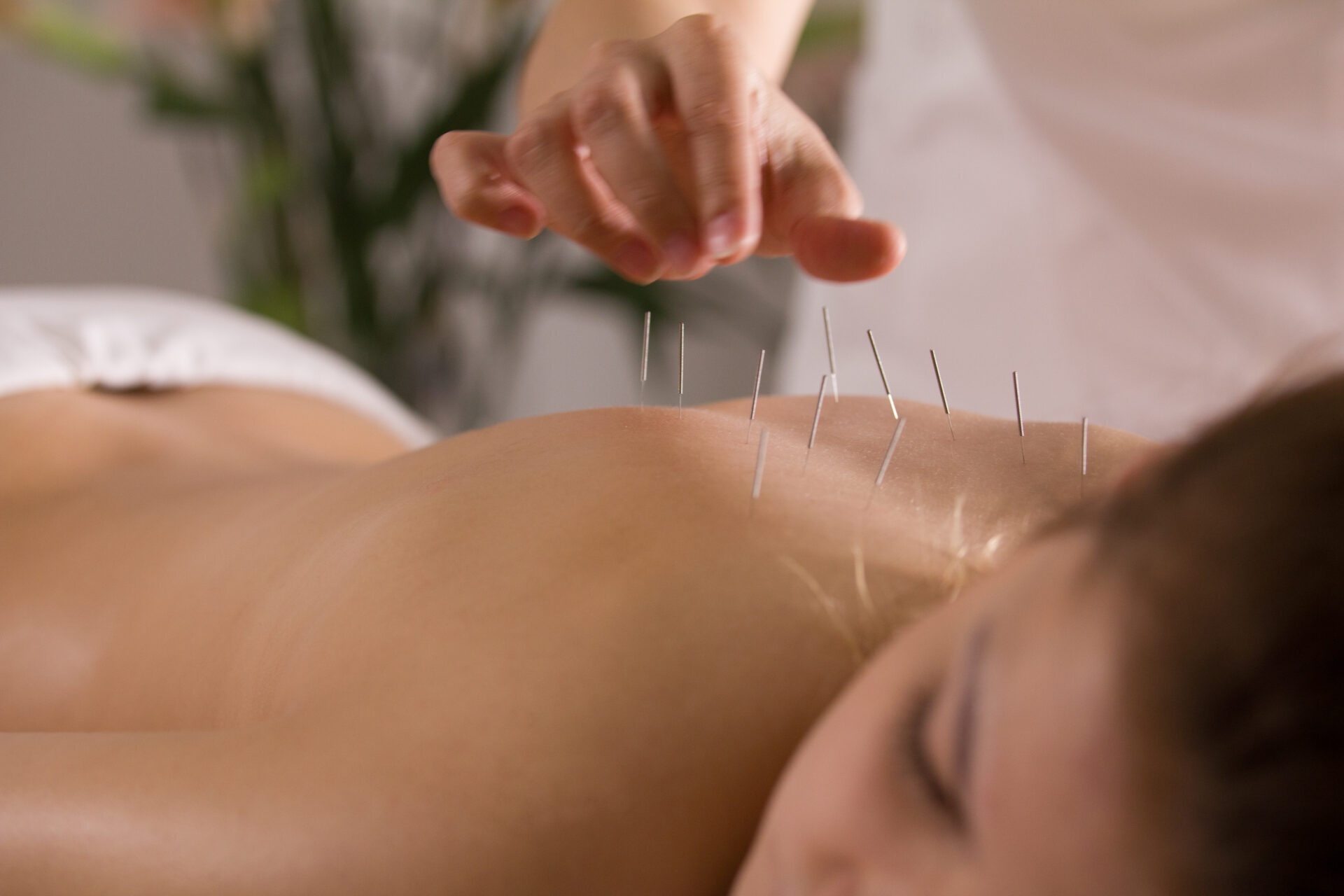Acupuncture is a type of alternative medicine that is sometimes used in place of modern medical treatments, especially for pain management, chronic headaches, and anxiety.
Research has shown that acupuncture for sciatica is a promising alternative treatment to painkillers and other drugs, with some studies showing effectiveness rates as high as 90% [1-2]. So if you have sciatica symptoms, acupuncture may relieve your pain and get you back to your day-to-day activities.
In this article, you’ll learn:
- What sciatica is and why acupuncture helps.
- How acupuncture for sciatica works.
- How successful acupuncture is for sciatica.
- Side effects of acupuncture for sciatica.
Table of Contents
What is sciatica?
Sciatica is a painful condition characterised by shooting pains in the legs, as well as pain in the lower back, hips, and buttocks. It happens when your sciatic nerve is compressed or pinched, usually by a bulging or herniated disc in the lower back.
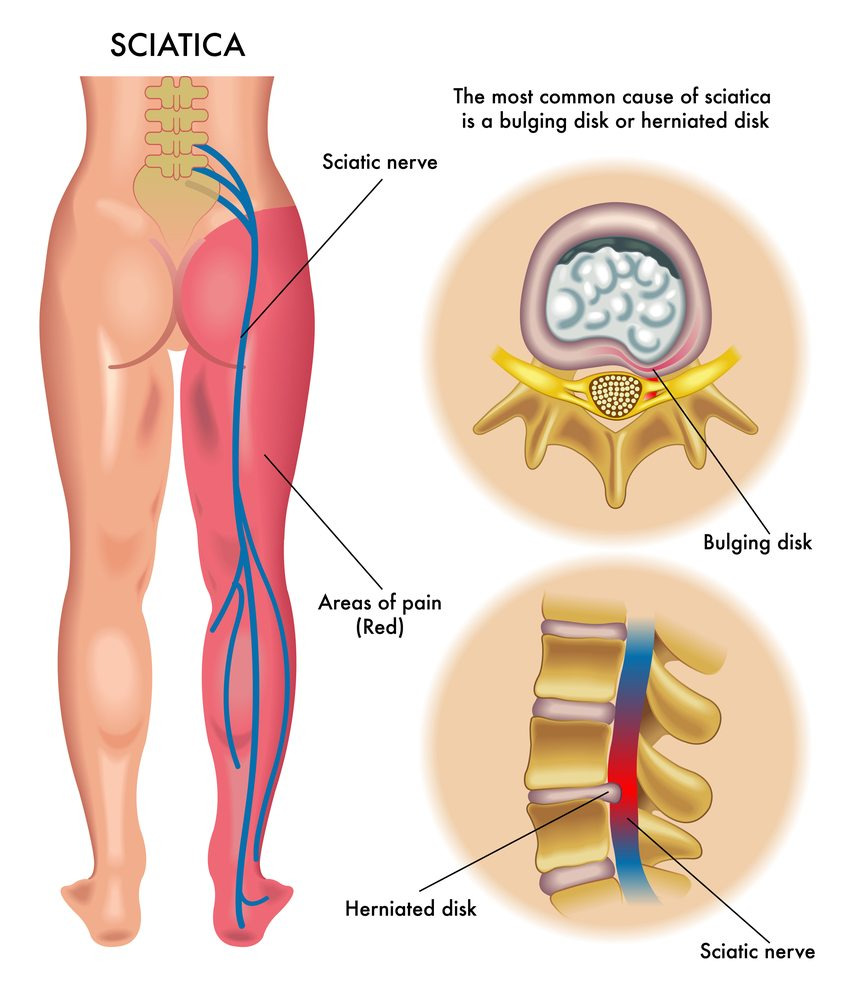
Sciatica can make working, walking, and even sitting down uncomfortable. So it’s important to find ways to alleviate your symptoms, especially if your sciatica pain is so bad you can’t walk.
Let’s take a look at how acupuncture can relieve sciatica symptoms, and how effective it really is.
How does acupuncture work for sciatica?
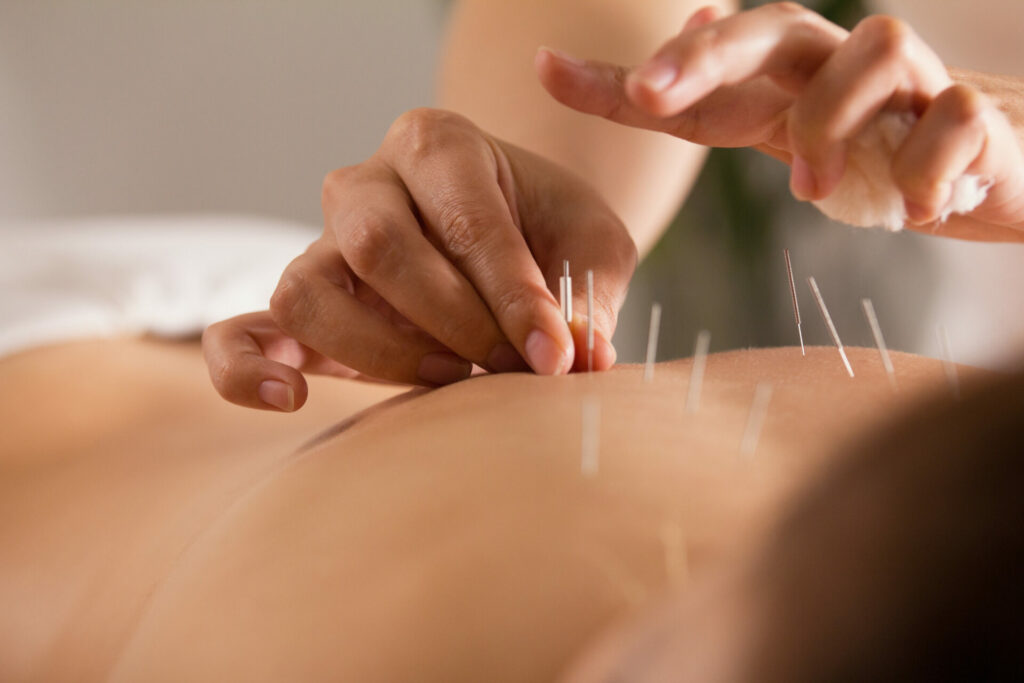
Acupuncture involves stimulating nerves and blood flow in the skin, joints, and muscles to promote healing. Using tiny needles to stimulate endorphin release and other naturally-occurring chemicals in your body, acupuncture can alleviate pain and reduce tension in sore or tender areas.
Acupuncture for sciatica works like this:
- You’ll have a general health check-up, in which your acupuncturist will ask about your medical history and give you a physical exam to assess your symptoms.
- If you’re suitable, your acupuncturist will decide which acupuncture points to use for your specific symptoms. This may include points in your back, buttocks, and legs.
- Tiny sterile single-use needles are used to apply pressure in each of the identified acupoints.
Is acupuncture good for sciatica?
Studies have shown that acupuncture can be beneficial for those with sciatica [1-3]. One research review found that acupuncture for sciatica was more effective than non-steroidal anti-inflammatory drugs (NSAIDs) and topical anti-inflammatory gels at reducing pain intensity [2].
Acupuncture can treat sciatica through several different mechanisms [2]:
- Acupuncture temporarily stops the nerves sending pain signals to the brain, so you don’t feel as much soreness in the affected area(s).
- Endorphins are the body’s natural painkillers, so triggering their release can reduce sciatica pain.
- Compared with manual acupuncture, electroacupuncture offers more frequent and intense stimulation, enhancing its painkilling effects [3].
However, acupuncture probably won’t cure sciatica permanently, and it’s not yet approved for treating sciatica in the UK. Despite a growing body of evidence that it may help ease your symptoms, there’s no guarantee it will work. So discuss your treatment options with a pain management specialist to see if acupuncture for sciatica is right for you.
Acupuncture points for sciatica
Acupuncture targets specific pressure points on the body to stimulate endorphin and chemical release. For sciatica, these are generally found around the lower back, buttocks, and legs.
The diagram below shows a series of acupoints one study used to effectively treat sciatica (excluding blue points, which were identified as non-acupoints) [4]:
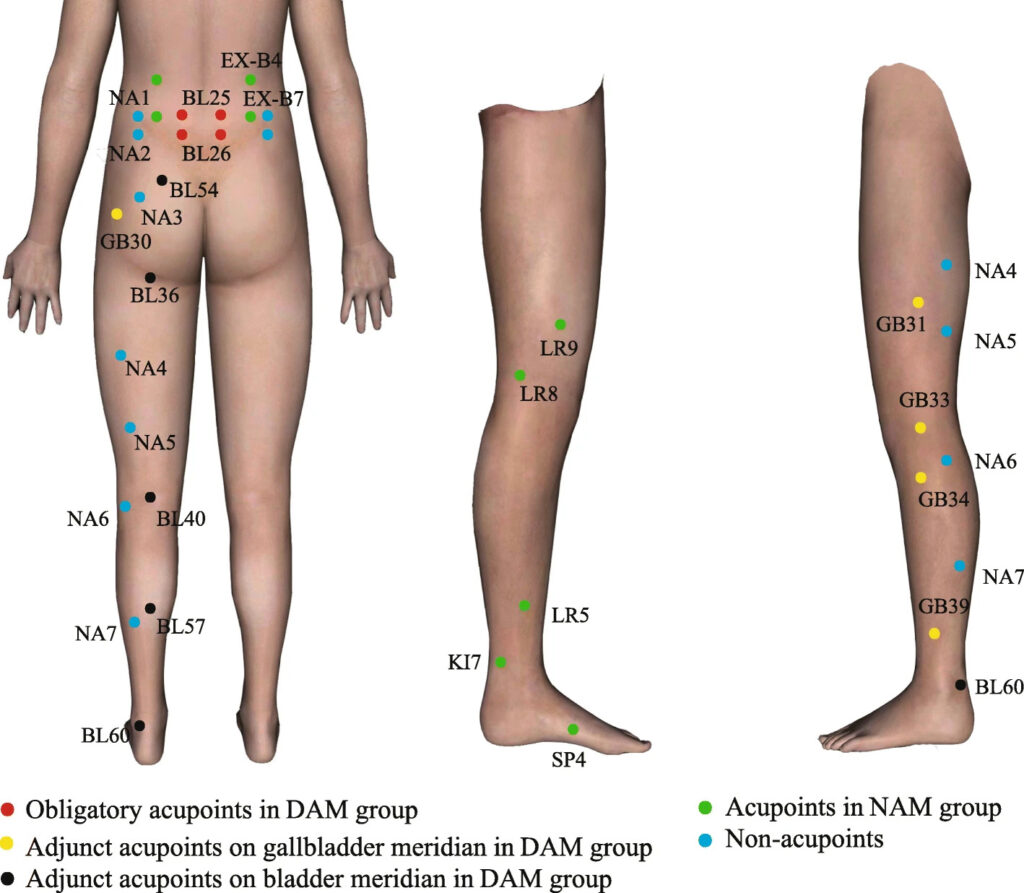
Other researchers have hypothesised that focusing on acupoints in the ankle may be the most effective acupuncture method for treating sciatica [5]. But this is yet to be established in clinical trials.
Certain sciatica massage techniques also make use of these pressure points to alleviate discomfort.
How successful is acupuncture for sciatica?
Although it’s not approved to treat sciatica by the NHS or any other UK medical body, acupuncture is an alternative therapy that shows promising signs for treating sciatica. A recent study review has shown that, in many cases, acupuncture is more effective than medication for treating sciatica, and has few side effects [6].
The success of acupuncture for sciatica typically depends on using appropriate acupoints and techniques, as well as ensuring patients are eligible for this type of treatment.
Other research has shown that a ten-day acupuncture course can relieve sciatica symptoms more effectively than certain NSAIDs [1]. Of patients receiving acupuncture treatment, 90% found their symptoms improved or disappeared altogether (compared with 73% of those taking NSAIDs). Acupuncture also raised participants’ pain thresholds, making it easier to cope with the pain from sciatica.
A review of 12 research studies also found that acupuncture was more effective than medication in terms of effectiveness, reducing pain intensity, and increasing pain threshold [2].
Finally, a smaller review of three studies saw a 100% improvement in sciatica symptoms following acupuncture, compared with just 20% of patients who were prescribed bed rest [7].
How long does it take for acupuncture to work for sciatica?
There’s limited research establishing how long it takes for acupuncture to effectively treat sciatica, but some studies show symptoms can be reduced or even eliminated within just ten days (at a rate of one session per day) [1]. Each session lasts from 20 minutes up to one hour.
You might see some improvement after three to four sessions, while other patients report immediate relief from sciatica pain. However, these results are purely anecdotal. Studies suggest that investing in multiple acupuncture sessions is likely to offer better results.
Where to get acupuncture for sciatica

Acupuncture for sciatica is only available as a private treatment in the UK. You won’t normally be referred for acupuncture by the NHS for a trapped nerve or other sciatica symptoms.
Look for a licensed private acupuncturist who specialises in sciatica, low back pain, and leg pain. They’re best placed to offer evidence-based acupuncture treatment for sciatica, reducing pain and tension. At Harley Street Specialist Hospital, our acupuncturists are also qualified physiotherapists, so they can offer combined sciatica treatment plans that tackle your specific symptoms.
Other treatments for sciatica pain
While acupuncture for sciatica shows promise, it’s not usually offered as a first-line treatment for this condition. Other less invasive treatments are likely to be recommended first, including:
- Stretching and exercise — Staying active can help ease sciatica symptoms, especially if you do gentle movements like yoga and sciatica-specific stretches. See some of the best sciatica stretches in our guide to getting sciatica relief in eight minutes.
- Physiotherapy — Physio-led exercise programmes and manual manipulation can help ease pressure on your sciatic nerve by correcting your posture and mobilising your joints and muscles.
- Cold compress — Apply an ice pack to the painful area(s) around your sciatic nerve to reduce inflammation and promote healing.
- Painkillers — Over-the-counter painkillers will only offer limited relief from sciatica, but you may be able to get a prescription for other medications to help manage sciatica pain such as amitriptyline for sciatica.
If your sciatica is lingering or severe, book an appointment at Harley Street Specialist Hospital. With the UK’s largest pool of consultants on hand to help, we’ll discuss a tailored treatment plan that includes acupuncture, physiotherapy, and other proven treatments to help you get moving again.
